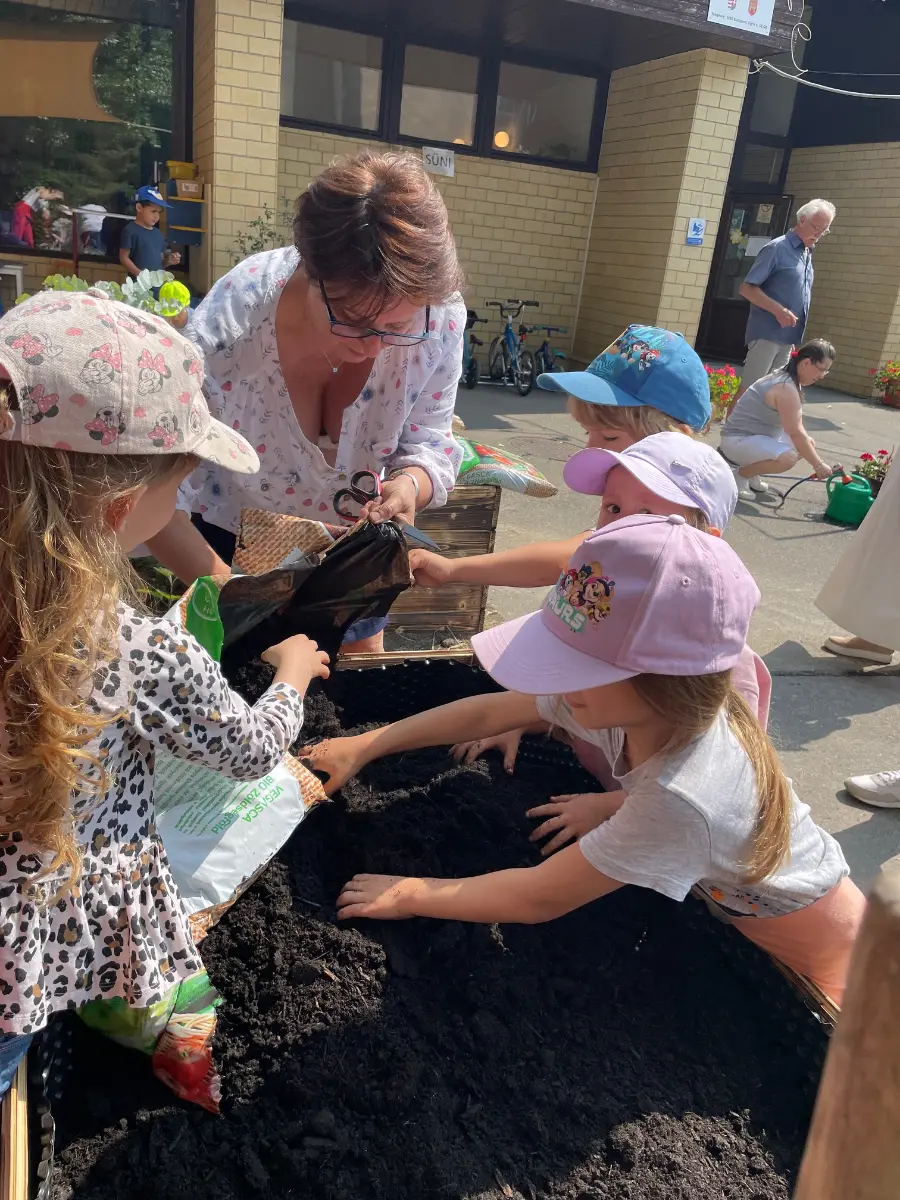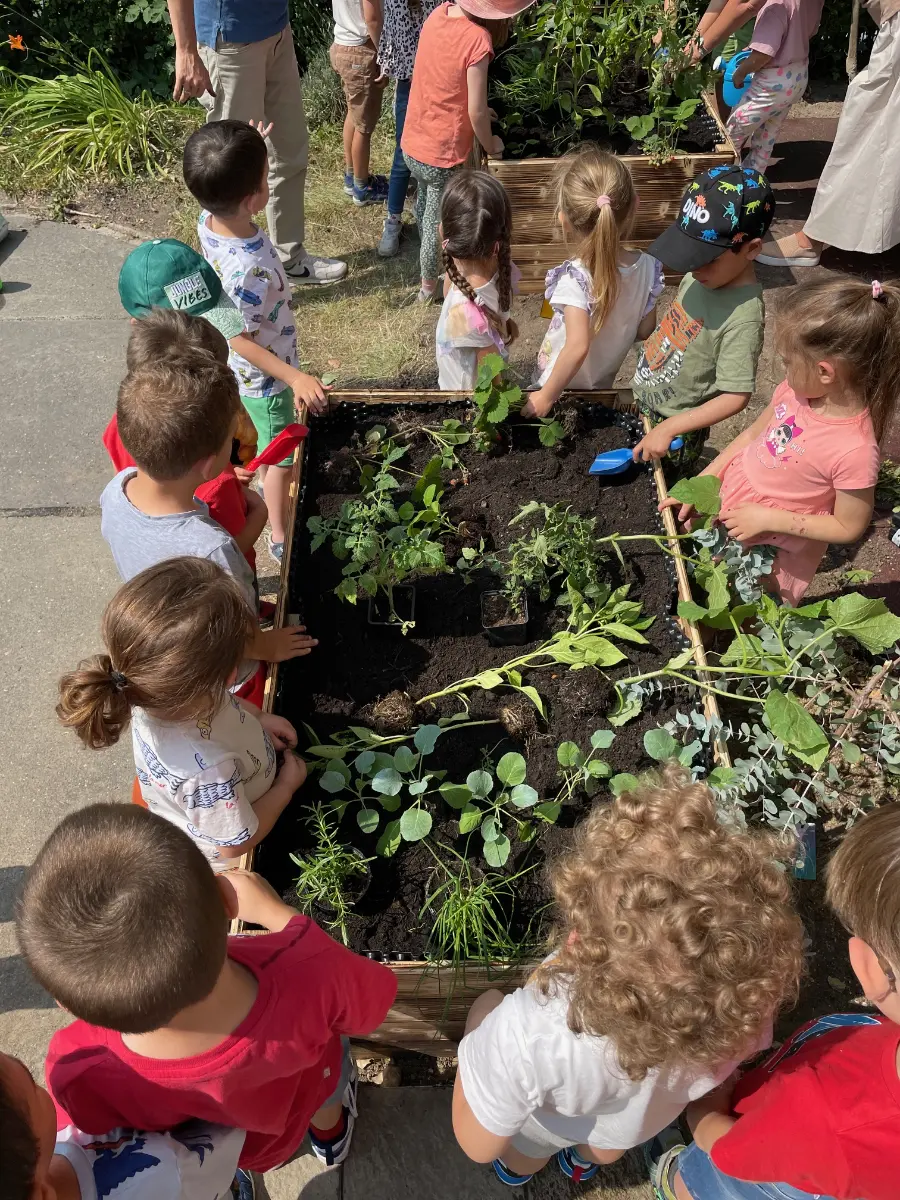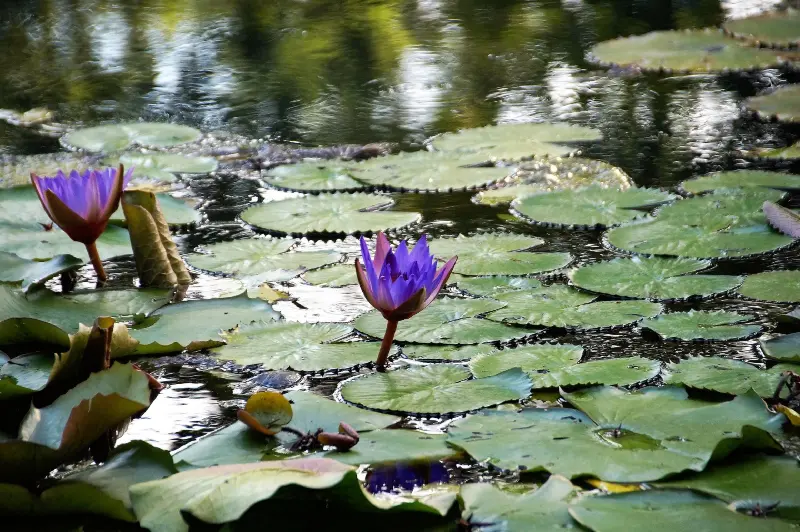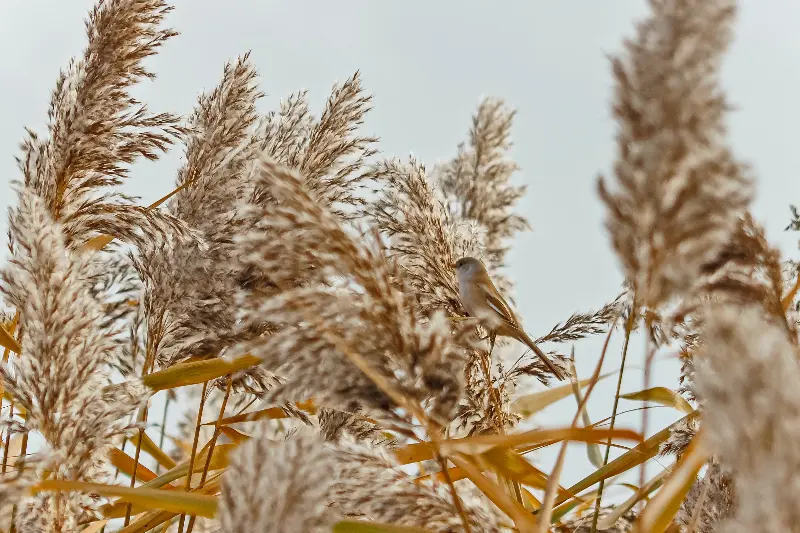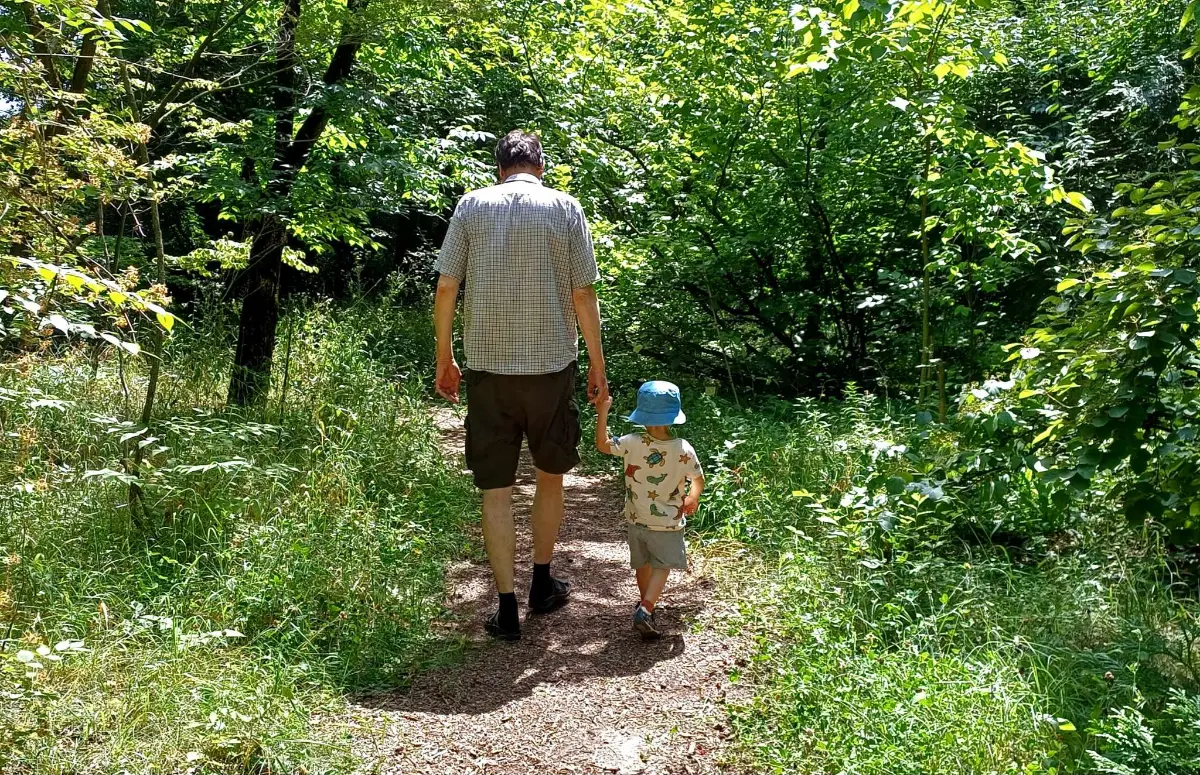
Helyszín címkék:
Historical gardens as living classrooms
Hajdú Gábor
There are already more than a thousand kindergarten and school gardens in our country, where children’s attention is focused on environmental protection. Gardens are the ideal place to learn about sustainability, healthy living, responsibility, and the importance and joy of working with nature and with each other. The garden forms a bridge between the city and nature, and garden pedagogy teaches us how to use the garden as a tool for returning to nature. Today, many of our historical gardens contribute to laying the foundations for a nature- and health-conscious approach through their “garden pedagogy” activities for all age groups.
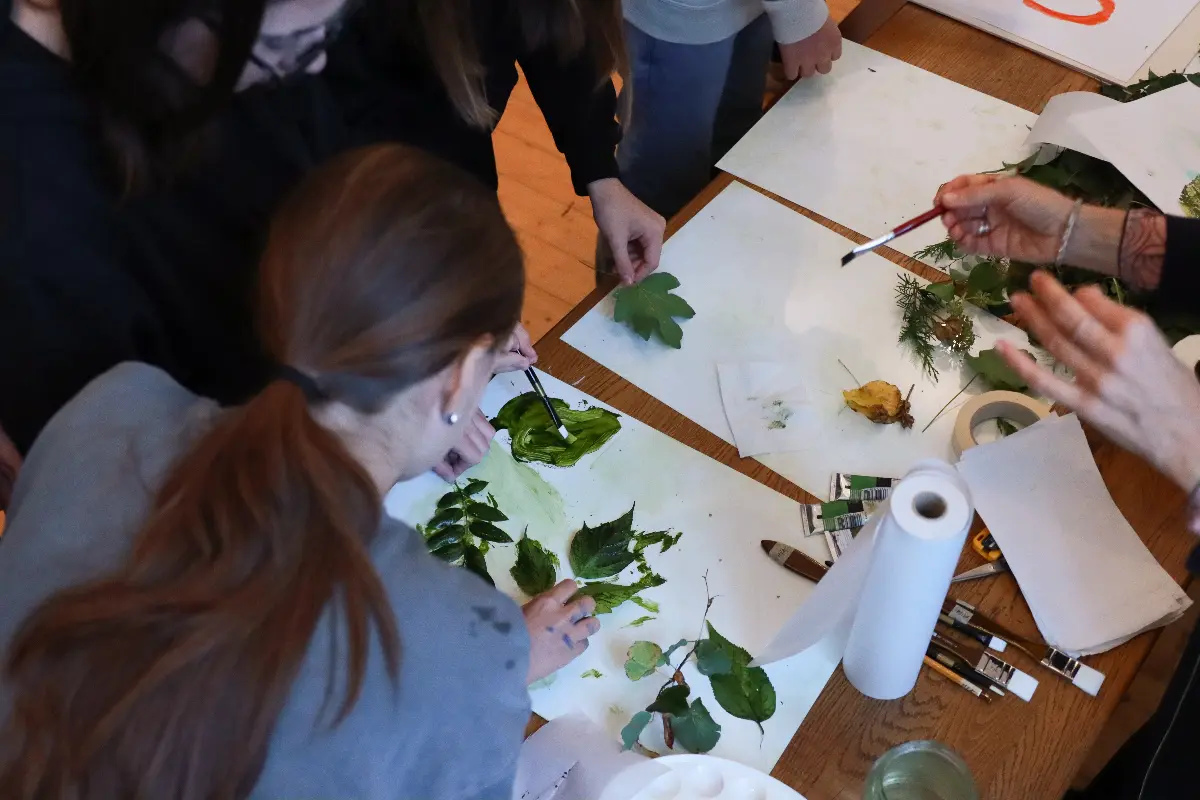
Garden pedagogy is a method of education that uses the garden to help children develop. Garden education is not just about caring for plants, but also supports children’s personal development, sense of responsibility, and cognitive and physical abilities through their connection with nature. The experiences gained in the garden help children understand the cycle of nature and the importance of environmental education.
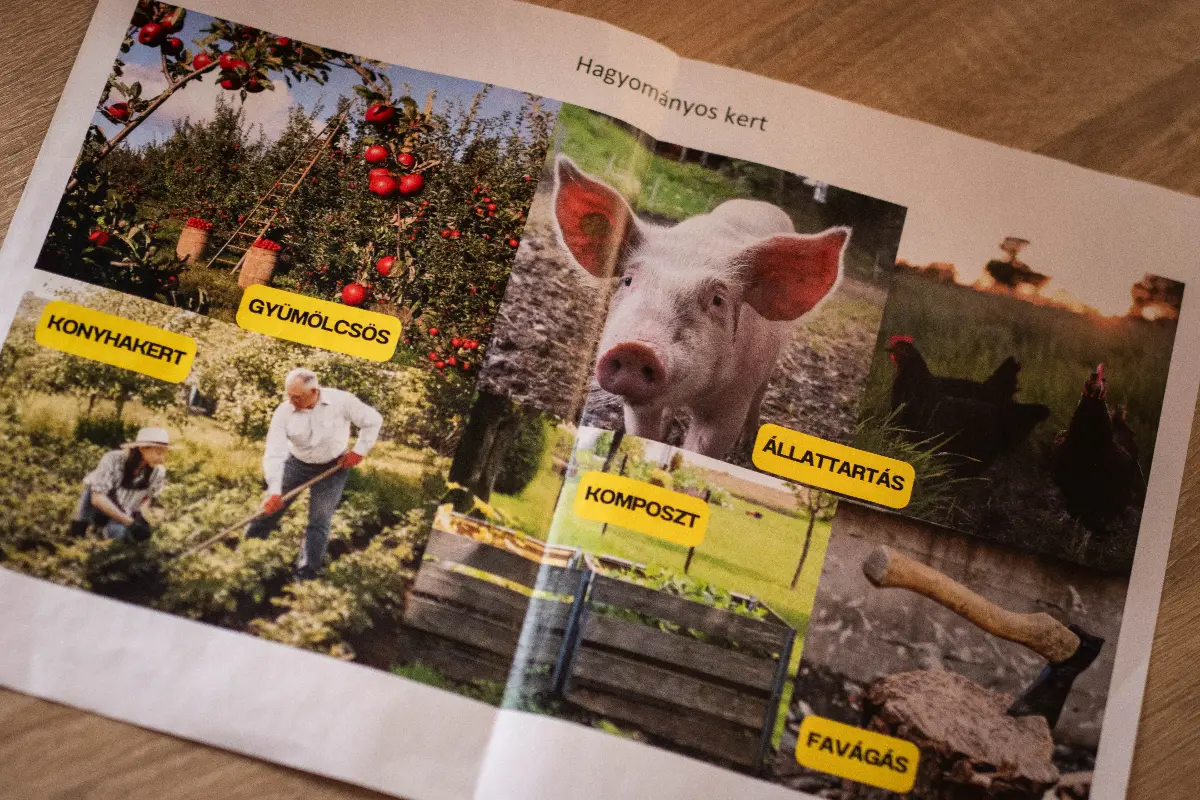
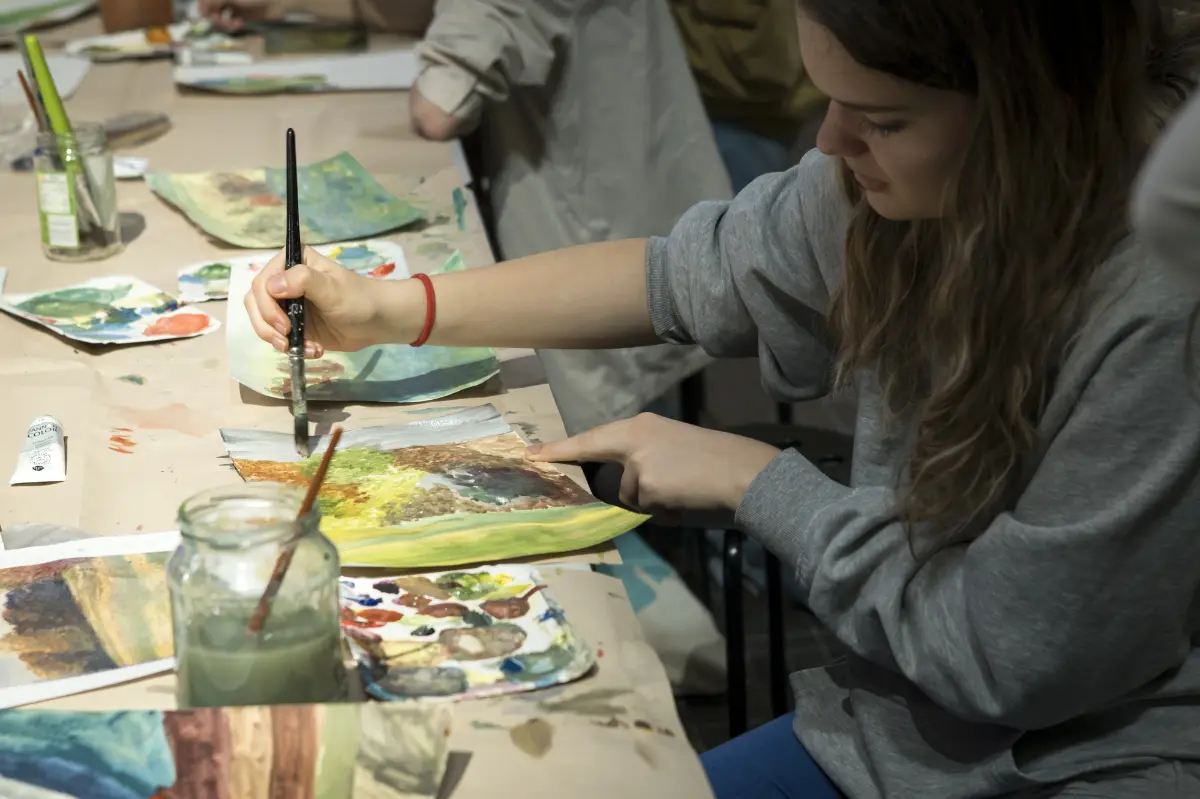
A fabulous walk in the royal palace
The 26-hectare English park of the Royal Palace in Gödöllő was the favorite walking garden of Count Antal Grassalkovich and later Queen Elizabeth. In the last century, it transformed from a rarely visited private residence into a public garden attraction. The fairy-tale owner of the castle, Prince Elemér Egérváry, guides visitors on a tour of the park’s wildlife with the help of playful tasks. During the walk, Prince Elemér Egérváry and his friends entertain visitors with short stories and fun puzzles, helping participants on the eight-stop tour become experts on the park.
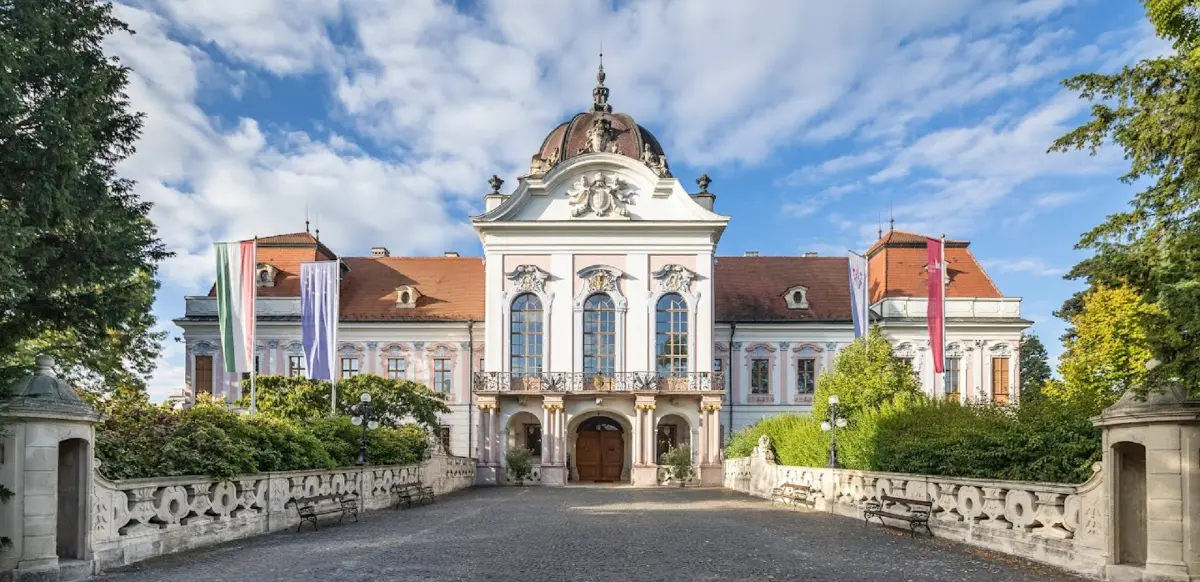
In the footsteps of Beethoven in Martonvásár
The 70-hectare English garden was created by Antal Brunszvik and his son Ferenc based on plans by Heinrich Nebbien. The exotic trees of the castle park, cedars, swamp cypresses, and plane trees delight visitors in every season. A lake and island in the middle make the garden an adventure. Activities designed for families include the interactive Beethoven Memorial Museum, the kindergarten museum (dedicated to the history of the first kindergarten in Hungary), and themed adventure tours, during which participants can learn about the history of the castle, its flora and fauna, and the historical monuments in the park. The adventure tours are built around different themes so that as many people as possible can find a program that interests them.
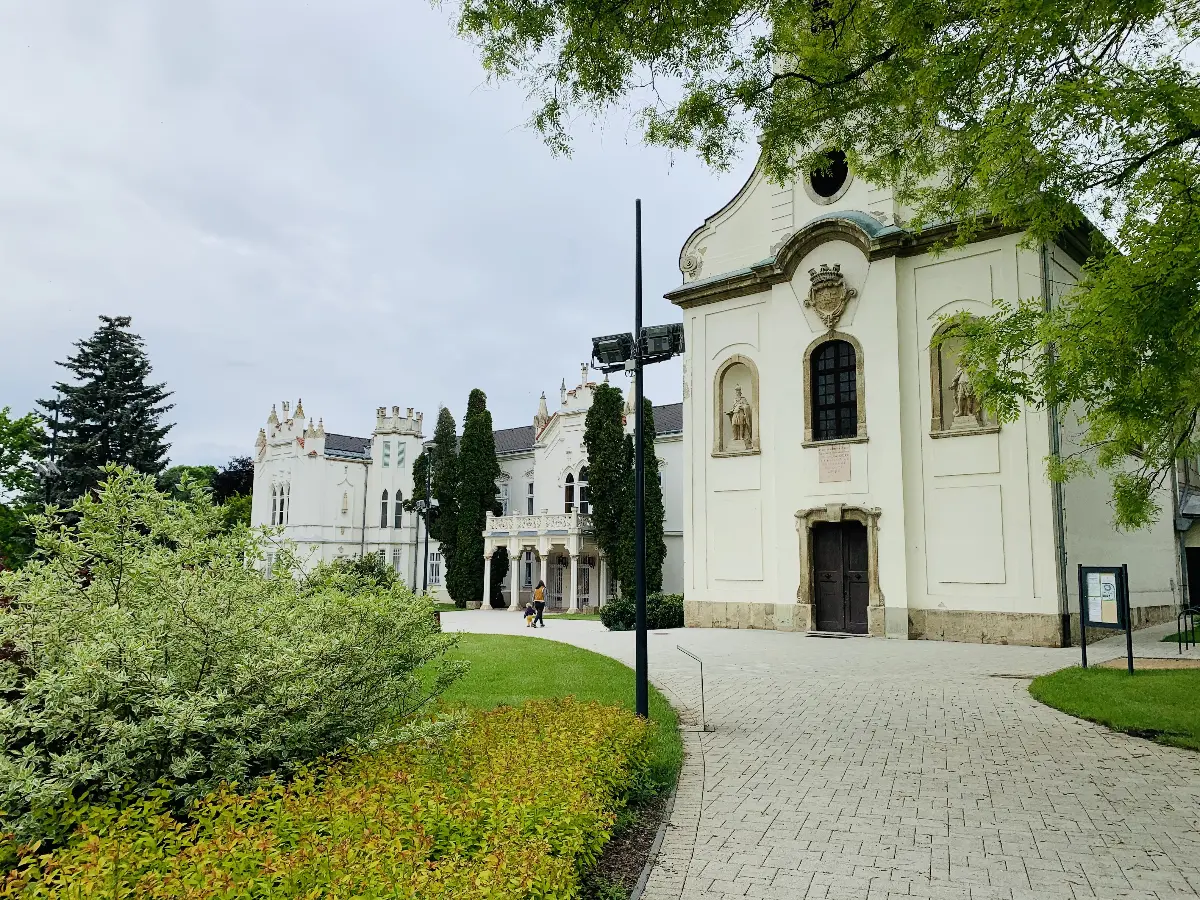
Nature and history in Nagycenk
In the castle park envisioned by Count István Széchenyi, the “greatest Hungarian”, families can enjoy the natural treasures and a playground that makes their time here even more pleasant. The themed playground is built around elements associated with István Széchenyi: the Chain Bridge, horse riding and silkworm breeding are all featured – in the form of climbing frames, swings and slides, of course. It is also worth taking a stroll along the avenue lined with linden trees opposite the castle, which is considered one of the most beautiful in Europe.
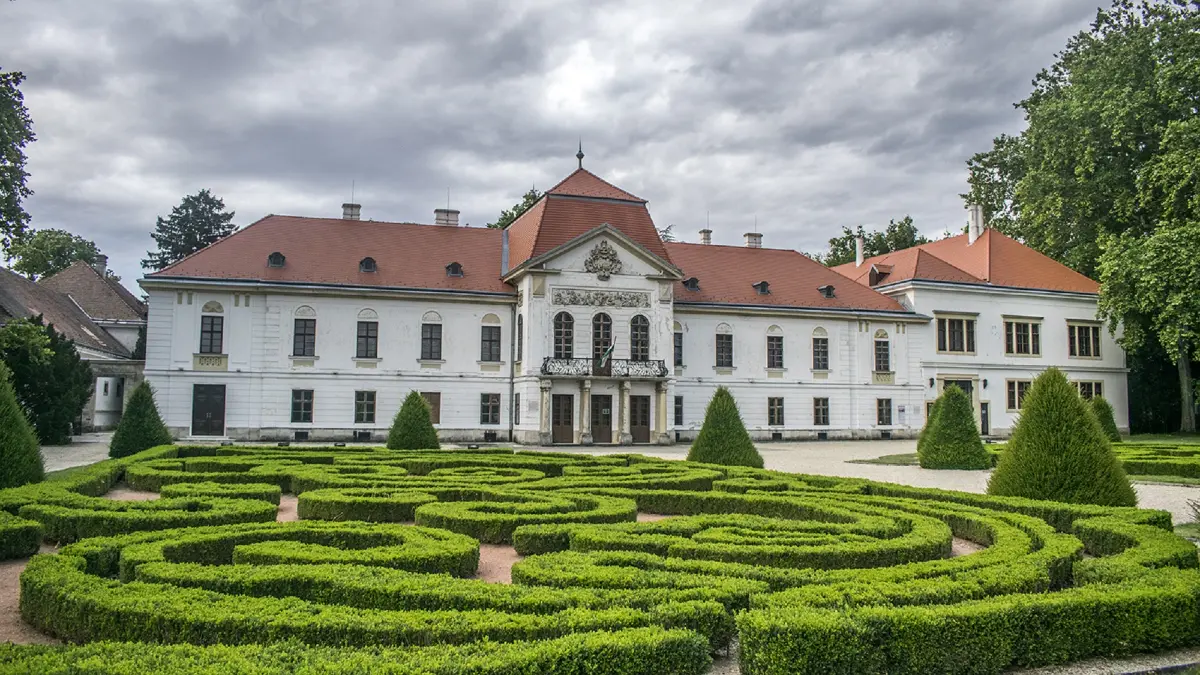
Experiences in Vácrátót
The National Botanical Garden is a Mecca for environmental education: children can expand their knowledge of animals, plants, natural phenomena, environmental problems and possible solutions through play in a natural environment, based on their own experiences and direct observation. Due to the nature of the garden as a collection, there is an exceptionally wide variety of plants in a relatively small area, allowing children to easily appreciate the biological diversity that surrounds us. Educational lessons are usually organized for all age groups, and during themed walks, visitors can discover the garden’s flora under the guidance of experts. During the craft workshops, participants can use natural materials to create things and develop their creativity and manual skills.
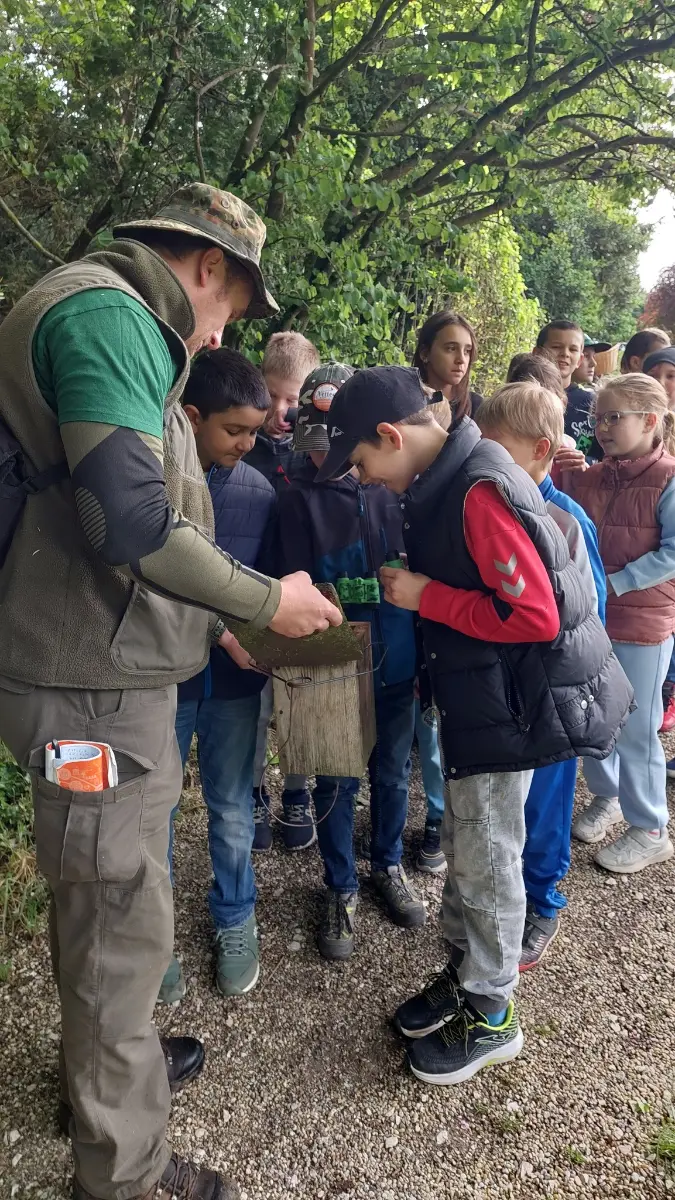
Practical tips for family garden walks
- Select gardens that are easy to go around!
- It is advisable to dress for a light walk, wear closed shoes, and bring an umbrella.
- You can bring small hand tools, drawing paper, and a camera/phone from home.
- Parking maps and treasure hunt booklets are available at many locations. Please ask for them upon arrival!
- Role-playing, flower describing, and observing small animals in the garden are great experiences for children aged 3–10. 11–14 year olds can participate by keeping a care diary and/or taking botanical photos.
- Collect fruits, pine cones and colorful leaves during your walk, which the children can later use to make their own plant guide!
- Spring and summer are the seasons of living gardens, autumn brings colorful leaves, and winter offers sights to see in the dormant nature.

